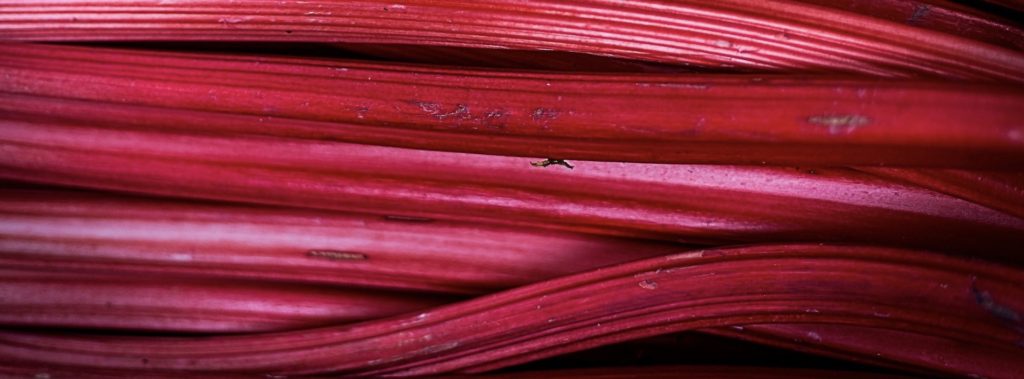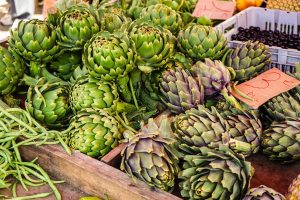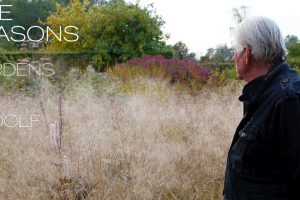
From cakes to fools, butters, pavlovas to compotes, and the quintessential jam you’ll thank yourself for in January, Rhubarb – one of the hardiest and most reliable of perennial vegetables – has a short, beloved, and much awaited season of versatility.
Rhubarb, so often in collusion with sugar to temp you, can also bring a lot of flavor and substance to many a savory dish. Roasted rhubarb adds a lovely sour bite to salads, makes a gorgeous sauce for duck and other meats, is a beautiful base for chutneys, and can add gentle notes of sour and structure to a couscous concoction.
Many options to consider, but act quickly, the season is short – woefully so for those who wait.
Growing Rhubarb:
Planting
Grows in hearty areas where temps fall below 40 degrees fahrenheit in winter and 75 degrees fahrenheit in summer. Typically growing / hardiness zones 6-8.
4 plants are typically enough for a family and a few rounds of recipes, with about 2-3 pounds of harvest per plant, per season.
Feeding
Organic compost is best. Rhubarb can be damaged by artificial fertilizers and get nitrogen burn.
Harvesting
Can be harvested in the second Spring (one year after planting).
Approximately an 8 week harvest time in Spring as late as May 15th in coolest climates and early as April 1 in more temperate zones. Rhubarb is usually ready to harvest around the same time as Spring peas for the region, a couple of weeks after asparagus.
To harvest, pull stems from bottom to remove entire stalk, leaving at least 4 stalks per plant to maintain the plant for the next year.
Additional Care
If ribs look very thin, spindly or weak, leave and feed the plant for the following harvest. Feeding is best done during dormant periods in early Spring or Autumn. Natural compost may be needed if the plant does not look healthy.
The leaves of rhubarb have a high concentration of oxalic acid that is poisonous in large amounts, (estimated at 11 pounds). However, you can get very sick with far less. Therefore, without exception, leaves should ALWAYS be discarded and kept away from children and animals.
Rhubarb is happily a perennial and very hardy.
It should be divided about every 4 years during dormant periods in early Spring or Autumn. Plants can last 20 years or more.
Cooking & Eating
What’s that Rhubarb Tooth Thing?
Rhubarb, when eaten raw, or with dairy might create what is referred to as “furry teeth” – that annoying gritty feeling similar to eating raw spinach. This is from oxalic acid, a naturally occurring acid in many plants.
If the ribs are particularly thick, it is sometimes better to peel them to limit the effects of oxalic acid. However most cooking methods for rhubarb will limit this. While it can still happen when cooked rhubarb is consumed with dairy (due to high calcium in dairy products) sometimes it’s just worth it for a scoop of ice cream or whipped cream atop rhubarb crisp!
Rhubarb Recipes
Roasting Rhubarb:
This method is a favorite to both heighten the color of Rhubarb to it’s rosy glory as well as concentrate the flavor. Cut stems into 3 inch pieces and arrange in a single layer on baking dish with sides and sprinkle with sugar. Bake at 375 for 20 minutes. Use 1/4 cup sugar per pound of rhubarb.
Rhubarb Compote:
Cut rhubarb into 1″ slices, combine with sugar and lemon juice (you can also use zest of organic lemons) and cook over medium-high. Use a ratio of 1 pound rhubarb, to 1/2 cup of sugar, juice of half a lemon.
Rhubarb CAN be Eaten Sans Strawberries! Huzzah!
Americans seem to never have rhubarb without strawberries. The reason is a simple one, they are both in season at the same time and strawberries add sweetness. There was a time when sugar was quite dear, prior to subsidies and during The Depression and WWII. Sugar had to be purchased, while rhubarb and strawberries were pulled from the garden and made natural companions with far less sugar. While this pairing is delicious, rhubarb is entirely worthwhile on its own and should be given a chance as the main ingredient, celebrating it’s lovely tart and subtle flavor.
Nutrition
Rhubarb is high in a number of vitamins and minerals
High in potassium, vitamin C, calcium,
Some magnesium, manganese, vitamin K, fiber, protein, B complex
High in flavonoids such as beta-carotene, lutein, and zeaxanthin – betting you haven’t been watching your zeaxanthin lately, have you?
However, based on it’s very tart flavor, it is rare to ever see a rhubarb recipe or dish without an intense amount of sugar, which is something to consider before eating ten servings to count as your vegetables for the day!









